Very few people can avoid being bitten by insects. This problem becomes, even more, pressing in the summer. Sometimes it is very difficult to identify what exactly you bit.
The bite can hurt, itch or even swell. There are many different insects, and they all transmit different diseases, so it is very important to correctly identify what you have bitten.
But don’t panic! We create a short guide that will help you identify which insect attacked you.
Hornet
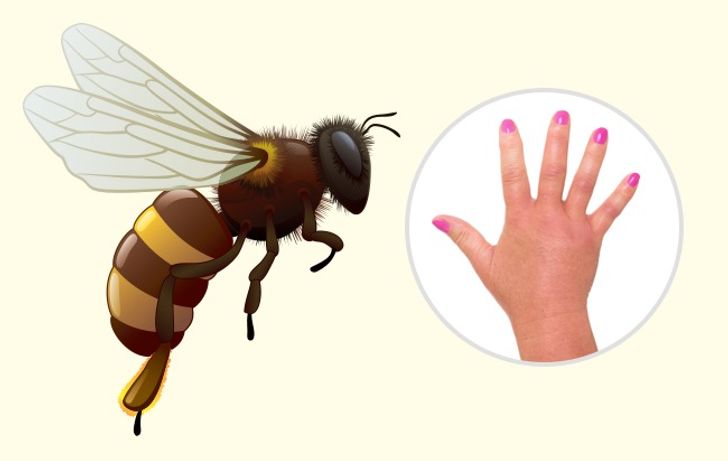
The area that was stung by a hornet becomes red and seriously swollen. Blisters might appear. The victim feels a lot of pain, even worse than the pain of a wasp sting.
The hornet’s poison is even more toxic because the insect itself is bigger in size. The poison contains histamine and acetylcholine.
If the victim feels cold in their limbs, their ears and lips turn blue, or if respiratory problems begin, the victim must see a doctor.
Bee

You must remove the sting that might still be in the attacked place. The skin is usually red and swollen. A person feels burning, sharp pain, and intense itching appear a little later.
If you are not allergic, this is where your problems end. However, if a person is allergic to bee venom, they may have respiratory problems, which is a huge concern.
Wasp
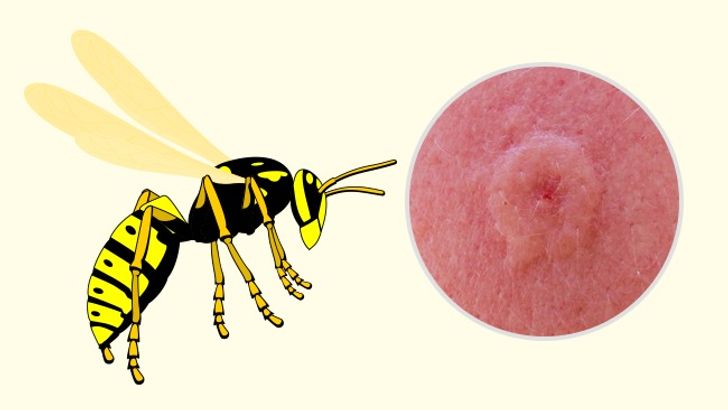
The symptoms of a wasp sting are similar to those of a bee attack. The area of the sting becomes red and swollen, the victim feels pain and burning, and then a terrible itch appears.
There may even be bleeding from the skin. A wasp can sting multiple times. As with a bee attack, it is very important to know if you are allergic, as there may be an anaphylactic shock.
Mosquito

Mosquito bites look like swollen red spots the size of a berry. Most of the time, they appear in open areas of the body. Mosquitoes bite the spots where the skin is very thin and it’s easy to get to the blood vessels.
When they bite, they inject their saliva into the wound. Saliva contains anticoagulants that thin the blood. They make the skin red, itchy, and swollen.
Tick
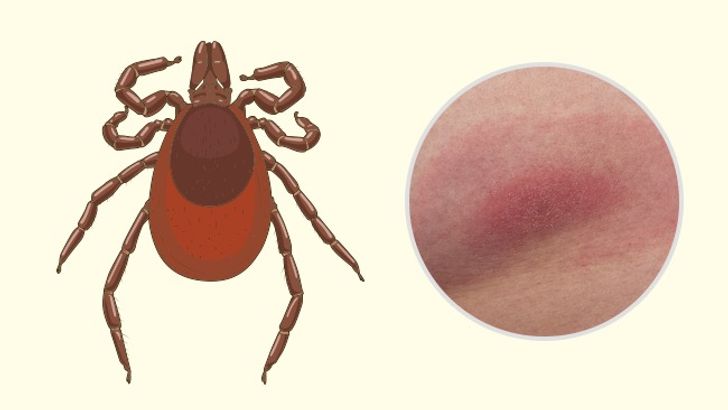
The body’s reaction to a tick bite is a red spot. The insect can stay on the victim for a long time, growing and drinking blood.
The worst thing is that ticks infect people with encephalitis, borreliosis, and many other diseases.
If you remove the insect from your body, but the red spot does not go away and continues to grow, you should see a doctor as soon as possible.
Flea
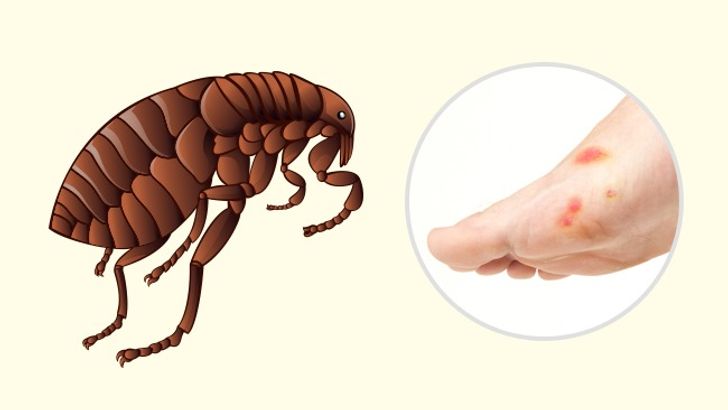
Flea bites can easily be mistaken for allergies or mosquito bites because the spots also look red and swollen. However, unlike mosquitoes, these insect bites are very painful and the itchiness is much worse.
Fleas usually attack the legs and only a sleeping person can be a victim. An insect can sting multiple times, so the distance between the red spots is usually 0.5 to 1 inch (1 to 2 cm). Fleas carry many serious infections.
Ant
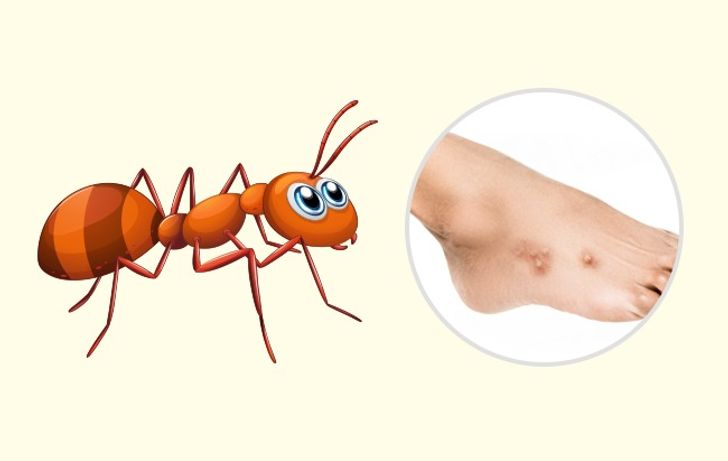
Most ants pose no danger to humans. However, the red fire ant can cause a lot of problems. Pustules appear at the itching points that will later become scars.
Ant venom contains toxins, so the victim may have an allergic reaction or anaphylactic shock. A thatching ant’s bite is less dangerous. It looks a lot like a mosquito bite.
A pinkish spot appears in the area of the bite that itches for a long time. At the moment of the sting, the victim feels a burning pain, as though some boiling water was poured on the skin.








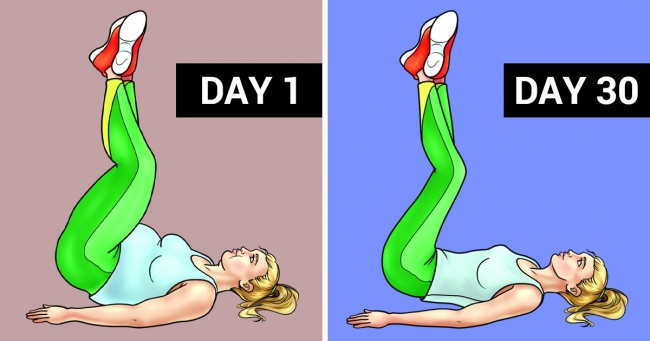
Leave a Reply